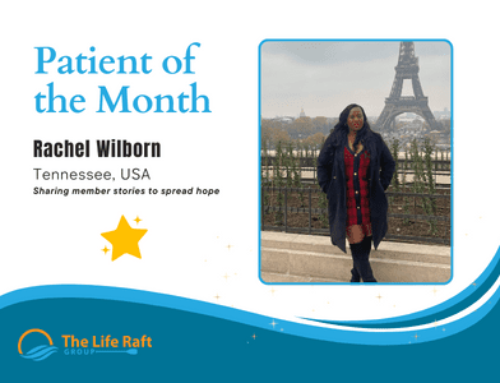According to a story in the New York Times by Katie Thomas, Novartis and the University of Pennsylvania (Penn) recently entered into a research and licensing agreement estimated to be worth $20 million. The partnership is intended to study and bring to market a new approach being developed at Penn that uses immunotherapy to fight cancer.
So far, in a very small trial of three chronic lymphocytic leukemia patients, two of the three patients had complete responses ongoing at more than 12 months and one patient had a partial response lasting for seven months. One of the complete responses was recently reported in the New England Journal of Medicine.
The new treatment uses T cells, a type of immune cell that are taken from the patient’s body, genetically modified and then reinfused into the patient. These modified T cells are called chimeric antigen receptor (CAR) T cells. In previous trials with these modified T cells, tumor responses have been modest and they did not persist for long enough after being re-introduced into the patient. Using this second generation CAR T cell, Dr. Carl June and his colleagues at Penn obtained long-lasting persistence once the cells were re-introduced.
Under the agreement, Novartis will contribute $20 million to build the Center for Advanced Cellular Therapies at Penn. This center will be devoted to the development of the new therapy. Novartis will get an exclusive worldwide li-cense to the technology while Penn will receive royalty payments.
The Novartis/Penn deal is the most recent success in the war on cancer using immunotherapy and the three CLL responses are among the most dramatic. Attempts to use immunotherapy against cancer date back well over a hundred years. The history of immunotherapy during those 100+ years is one of low response rates, but long response times in the few patients that did respond. In addition, it has a history of working better in patients with small tumor volumes and not as well with patients with large, bulky tumors. And while there is a perception among patients that since it’s “natural”, immunotherapy must be less toxic than chemotherapy, that is not always the case as immunotherapy can often have significant side effects. The dramatic responses obtained by the Penn team and the willingness to invest a substantial amount of funding into developing the technology may indicate that immunotherapy may be turning a corner on the way to becoming a mainstream therapy.
Other recent, but perhaps less dramatic successes include the FDA approval of Yervoy for melanoma and Provenge for prostate cancer. Both of these therapies resulted in an improved overall survival of about four months for patients. Yer-voy (generic name ipilimumab) is a CTLA-4 inhibitor that increases the effectiveness of T cells. Provenge uses a different mechanism; it attempts to in-crease the effectiveness of another type of immune cell, the dendritic cell.
What was most interesting about the results of Yervoy in melanoma is not the fact that it increased survival by four months, but the fact that a small percent-age of patients, perhaps 10 to 15 percent had very long-lasting responses.
Of even more interest for GIST patients, several teams of researchers are working on combining immunotherapy with targeted therapy and have published their results. This has led to clinical trials, including a new trial combining dasatinib (a KIT inhibitor approved for CML) with Yervoy that just started at Memorial Sloan Kettering Cancer Center (MSKCC) in New York, led by Dr. Ron DeMatteo and Dr. Richard Carvajal.
Given the recent successes in immunotherapy and the potential for combining immunotherapy with targeted therapy, the Life Raft Group is exploring opportunities to facilitate collaboration and increase funding for groups that are working in the field.




